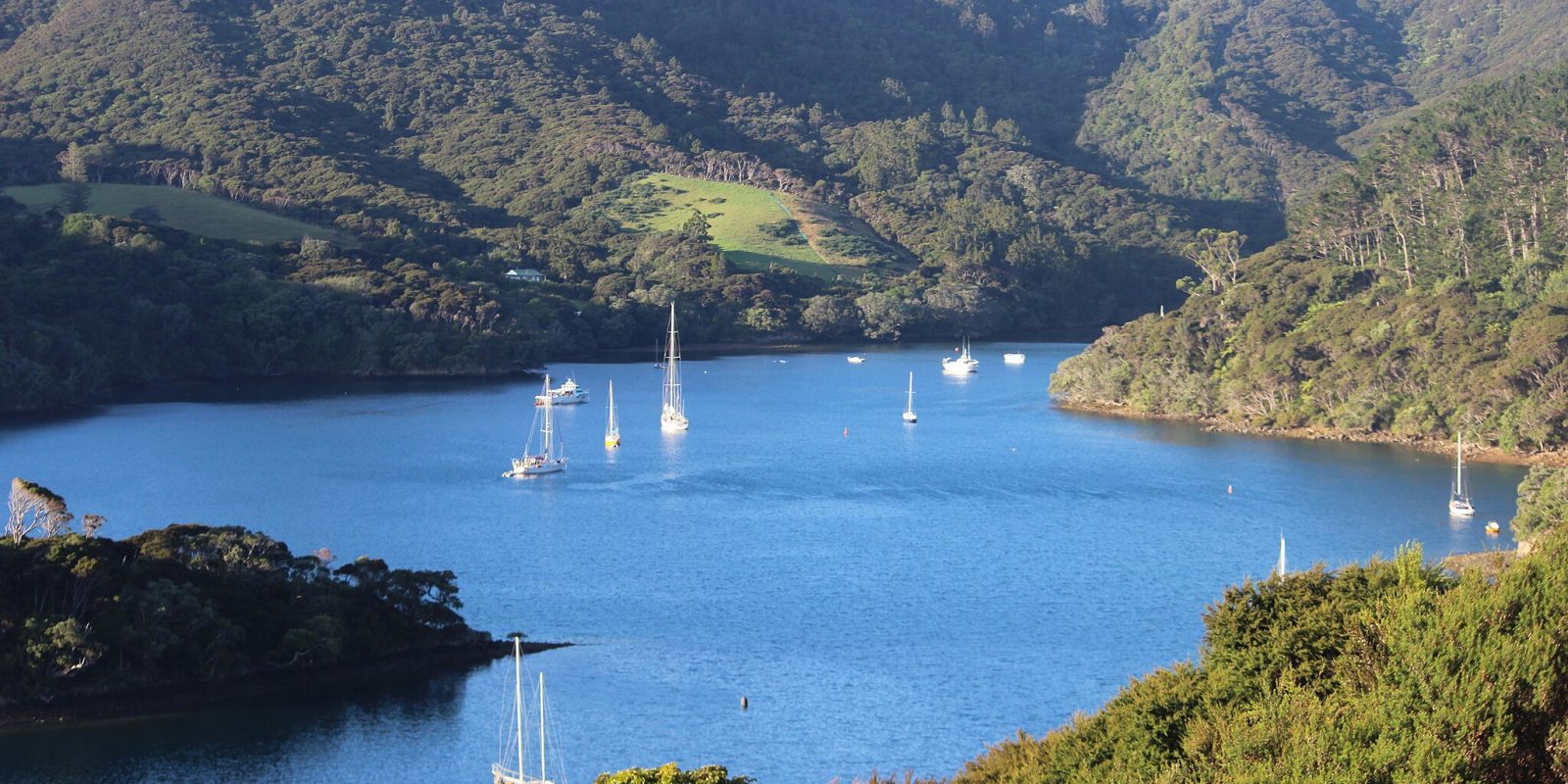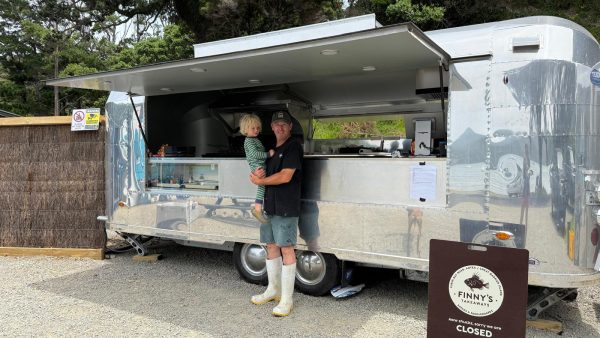Great Barrier Island (Aotea) has experienced a population rise of 33.7% between 2018 and 2023. A contrast to the previous period of 2013-2018 when the population saw a minor decline.
The latest census figures reveal 1251 people now call Aotea home, a jump from 936 in 2018. Local board chair Izzy Fordham attributes this growth to a combination of factors, including a “homecoming” trend and the rise of remote work:
“We witnessed quite a few folk coming home, especially those in the north,” Fordham explains. “I go back these years to COVID… a lot of people on the mainland lost their jobs. Rental accommodation became too expensive for them. So they decided to change their lives and come home. And brought skills with them as well, which is great.”
The ability to work remotely has also played a significant role, with Fordham noting, “Also, people realizing that they can actually work remotely now. And a few years ago, you couldn’t”, she said.
Improved internet connectivity, particularly through services like Starlink, has been a game-changer, offering “a huge improvement to so many people’s lives,” according to Fordham.
Despite this influx of new islanders, Aotea retains its status as the region with the lowest population density in Auckland, with approximately 4.47 people per square kilometer. To put this in perspective, the rural district of Franklin has 38.56 people per square kilometer, while Waiheke Island boasts 99.59 people per square kilometer – more than 20 times Aotea’s density.
In comparison, other outlying islands like the Chathams experienced a decline in population, down to 612 people – a decrease of 7.7%. The Auckland region as a whole saw a growth of 5.4%, adding 84,768 people to its overall population.
Interestingly, the average age on Aotea decreased slightly from 53.6 in 2018 to 51 in 2023. The most significant increases were seen in the 30-34 and 60-64 age groups, signaling a potential influx of both younger families and retirees. Conversely, the 50-54 age group experienced the largest decrease, with 12 fewer residents in this bracket.
Housing development on the island has not kept pace with population growth. Over the same period 2018-2023 period, the number of houses increased by just 13.4 percent, adding 156 new homes, from 1164 in 2018 to 1320 in 2023, a fact that Fordham finds “disappointing”:
“Yeah, that is disappointing. If we look around the island at the moment, everything is just so expensive. It’s been this way for a while. And I don’t know what we can do about that. It’s expensive to build. It’s expensive to buy. Expensive to come and go. Yeah, I don’t know.”
Despite the challenges, Fordham emphasizes the resourcefulness and resilience of the motu.
“Like I know for ourselves when we first came here to live permanently, which is what 35, 36 years ago now. There were five of us living in a shed. But it was comfortable. We had heating. It was an outside shower, but it was home. And it was cozy. You know, until we were able to afford to build our own property… Just some people start like that.” she said.







